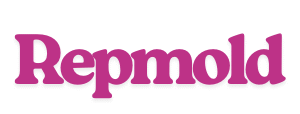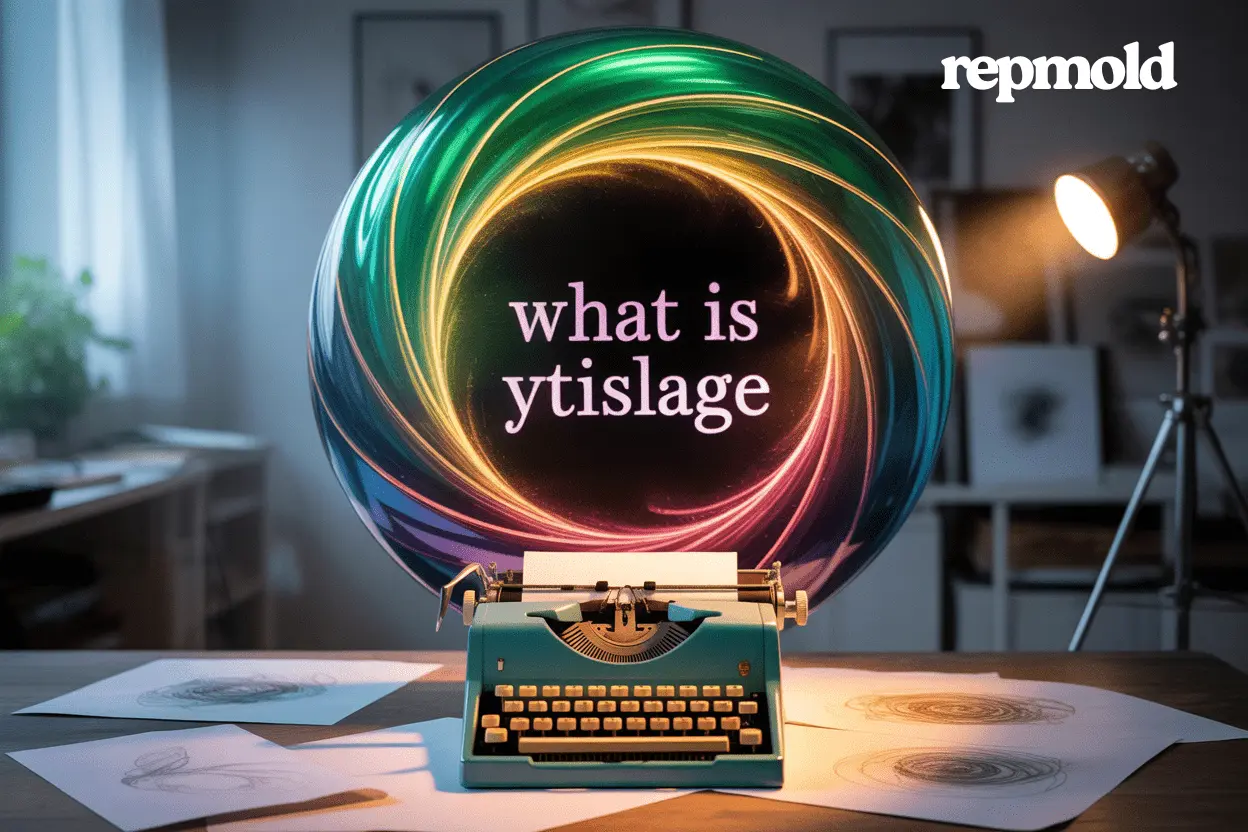Introduction : Why Ytislage Matters Now
In 2025, new ideas are shaping how we think, work, and create. Among them, Ytislage is emerging as a powerful concept. At first, it may seem unusual, yet it carries deep meaning. Ytislage challenges traditional ways of thinking and inspires people to look at problems differently. By flipping old patterns, it opens doors to fresh creativity and bold innovation.
This concept is not just theory—it is already influencing art, design, technology, and even education. Many see it as a mindset for the future, where flexibility and imagination are key. As trends evolve quickly, Ytislage offers a unique way to adapt and grow.
In this article, you will learn what Ytislage is, where it comes from, and why it matters. You will also discover how it is applied in real life and what benefits it can bring.
What Is Ytislage? (Simple Definition)
Ytislage is a modern concept that focuses on inversion and rethinking norms. In simple words, it means looking at ideas, processes, or problems from the opposite side. Instead of following the usual path, It asks us to flip it. By doing so, it uncovers new meanings and unexpected solutions.
The core principle of Ytislage is to challenge traditional thinking. It encourages us to break rules in order to create new ones. This fresh approach helps spark creativity and innovation across many fields.
For example, imagine writing a story starting from the ending and moving backward. This reversal forces readers to see events in a different way. That is Ytislage in action—turning the normal upside down to reveal fresh insight.
Through such simple shifts, It proves that new ideas often hide inside old patterns, waiting to be discovered.
The Origins of Ytislage
The term Ytislage has unique roots shaped by digital culture and philosophy. It first appeared as online communities began exploring new forms of creativity. Many noticed that traditional ideas could gain fresh meaning when reversed or inverted.
Interestingly, the word itself reflects this principle. Ytislage is “egalsity” spelled backward, a term linked with balance and equality. By flipping it, the name symbolizes its very essence—finding innovation through reversal. This clever twist shows how language can carry both meaning and metaphor.
Philosophical ideas also influenced its rise. Thinkers in postmodern studies often challenged binary thinking and fixed truths. It follows the same path, inviting people to question what seems normal.
Early adoption came from creative and tech communities. Artists, designers, and developers embraced it to push boundaries. They used it as a tool to break patterns, build fresh perspectives, and inspire bold solutions.
Why Ytislage Redefines Creativity
Ytislage redefines creativity by turning traditional thinking upside down. Instead of following fixed patterns, it asks us to question them. This shift transforms old ideas into fresh opportunities for innovation. By focusing on inversion, it sparks solutions that may not appear in linear thinking.
Another important aspect is the focus on context over content. It teaches us that meaning depends on surroundings, not just information. For example, the same phrase can inspire or confuse, depending on how it is presented. This awareness encourages deeper understanding and richer communication.
Ytislage also plays a key role in breaking rules to create new frameworks. It shows that limits are not barriers but starting points. By bending or reversing them, we unlock paths that traditional systems often overlook. In this way, Ytislage empowers creators to design bold, unconventional, and truly original ideas.
Real-World Applications of Ytislage
Ytislage may sound abstract, but it already shapes many real-world practices. In art and design, creators use reversed storytelling to surprise audiences. NFT projects also experiment with changeable or reversible artwork, giving buyers a role in the process. Even in UI/UX, designers flip traditional flows, turning navigation into an open exploration.
In technology and AI, Ytislage inspires inversion-based models. Developers train systems with reversed or unexpected data. This process often produces surprising and creative outputs that challenge normal patterns.
In education, Ytislage takes the form of reverse learning. Students may start with the final concept and work backward. This approach improves comprehension, builds critical thinking, and encourages curiosity.
In business and branding, It drives agility and fresh strategies. Some brands now ask “Who are we not?” to define identity. This inverse branding creates bold and memorable impressions in competitive markets.
Benefits of Embracing Ytislage
Adopting Ytislage brings several powerful benefits that go beyond simple creativity. It gives individuals and organizations fresh tools to think, adapt, and grow.
- Encourages creativity and problem-solving
Ytislage pushes people to view challenges from the opposite side. This inversion often reveals unique solutions that traditional methods miss. It allows creativity to flow without limits.
- Promotes adaptability and innovation
Because it thrives on change, Ytislage makes teams more flexible. It helps them adapt quickly to new demands. By breaking rules, they also discover innovative paths for growth.
- Strengthens collaboration across fields
Ytislage naturally blends ideas from different disciplines. When diverse minds collaborate, they create stronger, richer outcomes. It reduces silos and encourages shared exploration.
- Builds resilience in fast-changing environments
By questioning norms, It prepares people for uncertainty. It trains them to expect change and respond with confidence.
Challenges and Criticisms
While Ytislage offers many benefits, it also faces important challenges. First, the concept is abstract and hard to define clearly. Because its meaning changes by context, people often struggle to apply it in real situations. This lack of clarity sometimes reduces its practical value.
Another criticism is the risk of elitism or over-complexity. Some argue that only specialists or thinkers can fully grasp Ytislage. This creates a gap between experts and the wider audience, limiting its accessibility. If the idea feels too complex, it may lose wider adoption.
Finally, there is a need for balance between inversion and practicality. While breaking rules is exciting, not every rule should be ignored. Without balance, It could become confusing or even counterproductive.
These challenges highlight the importance of refining the concept. For Ytislage to grow, it must remain both creative and practical.
The Future of Ytislage
The future of Ytislage looks bright as it gains momentum across industries. Its role in digital creativity and AI is expected to grow even stronger. Artists, developers, and innovators are already testing inversion-based models. These experiments will likely reshape how content, art, and systems are designed.
Beyond technology, Ytislage holds potential influence on culture, business, and education. It can stimulate new kinds of identity and storytelling in culture. Ytislage might direct adaptable business plans and daring branding techniques. It could foster critical thinkers who learn by reversing viewpoints in the classroom.
Most importantly, It is more than a passing trend. It represents a mindset shift toward adaptability, creativity, and deeper awareness. By embracing inversion, people learn to see beyond the surface. This mindset may become essential in a future where change is constant and creativity drives progress.
Conclusion : Why You Should Care About Ytislage
Ytislage is more than a new term—it is a lens for rethinking creativity. By focusing on inversion, it challenges old habits and uncovers new ways forward. This makes it a valuable mindset in a fast-changing world.
For readers, the message is simple: experiment with Ytislage in your own work. Try flipping routines, reversing processes, or questioning accepted truths. Even small changes can spark unexpected creativity and insight.
In the end, It is not about chaos. It is about breaking limits to create new possibilities. By embracing this concept, you can approach problems with fresh vision and bold confidence. The future will always bring challenges—but with Ytislage, you can turn them into opportunities for growth and innovation.

